-
December Garden Tour; Bareroot pruning and border design
 Lee Burkhill: Award Winning Designer & BBC 1's Garden Rescue Presenters Official Blog
Lee Burkhill: Award Winning Designer & BBC 1's Garden Rescue Presenters Official Blog

The run-up to Christmas in December is usually a really busy month for me. Whilst most people are winding down my calender goes into overdrive with a mix of garden design work and social activities. Those savvy early bird garden design clients are queued up for me to start designing before the spring, my family come round for my infamous Damson Gin Christmas day dinner and then any spare moments I get I'll be out in the garden recovering.
It may not seem like the obvious productive gardening month but there's still plenty to do before the New Year rolls in to keep your garden ticking over. More importantly, it's a really overlooked month for one of the best gardening activities of all time (in my biased opinion). Winter tree pruning!
I always prune my deciduous trees and shrubs in December. It's become a bit of a ritual for me and I'll confess that I absolutely love the art of pruning. And it is an art. Managing to sculpt and tweak the growth of your trees to create a more productive, healthy and aesthetically pleasing specimen is something I've taken decades to get relatively good at.
A lot of people fear pruning and will come up with a list of reasons as to why they either don't do it or do it very tentatively. Based on the hundreds of gardens I see each year I can testify that the British public certainly holds back when it comes to pruning.
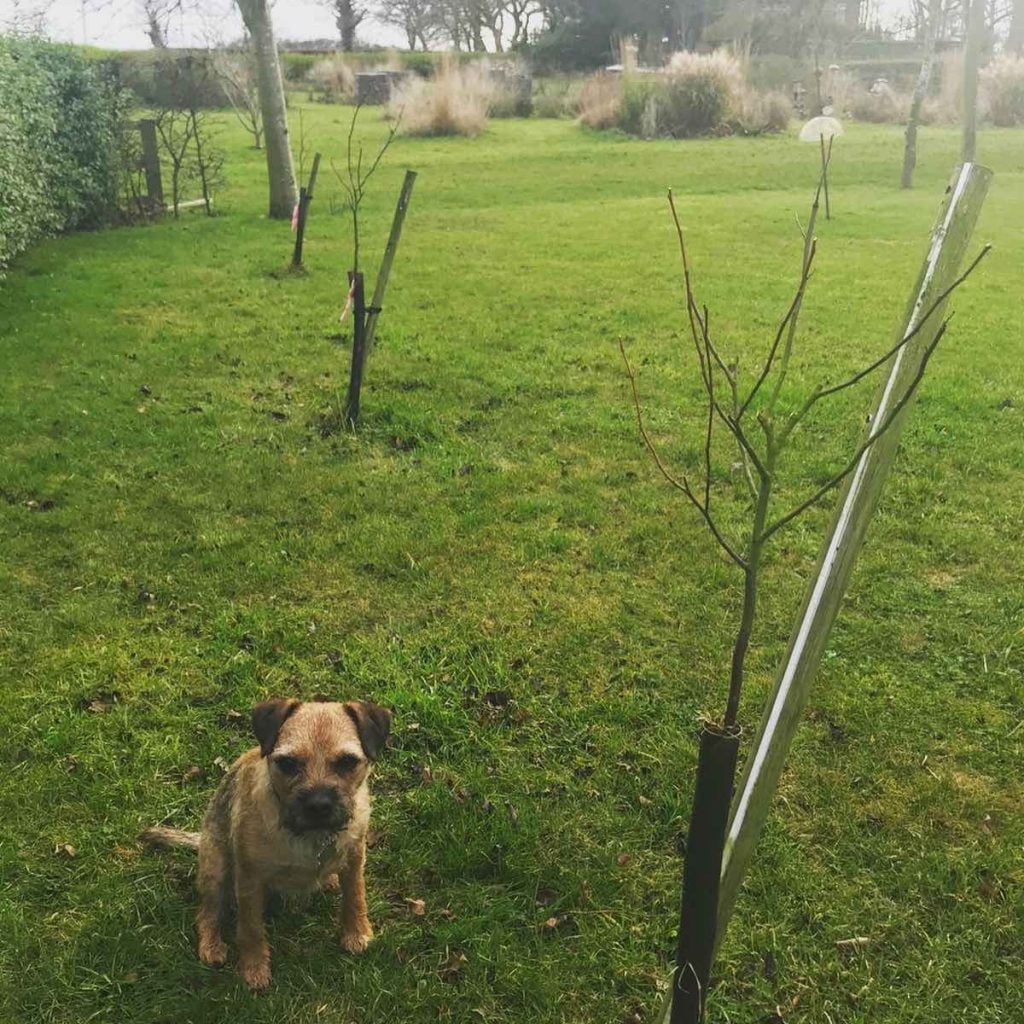
I've been thinking a lot about why this is. I believe the British gardener puts so much care and attention into the average garden that pruning seems like a cruel step backwards. To cut down parts of plants you have spent the year carefully tending to seems frivolous and dangerous. However, this couldn't be further from the truth!
Let me assure you than pruning is essential to the long term health and happiness of your garden. You may hear people talk about the 3 d's. (Confusingly there's also a C in there but bear with)
Pruning each winter will help remove damaged branches, cut away potential disease and open up your tree or shrub. It also allows you - the garden sculptor - to shape the tree in whichever format you prefer and probably most importantly suits the tree type.
I can spend hours in the garden pruning both my fruit and ornamental trees. The beauty of pruning in December is that all the leaves have finally fallen and you can get a really clear view of the tree structure. Meaning you're not guessing what to cut back or remove. By pruning now you're giving your trees a shot of adrenaline ready for the spring growth. Whilst it may feel like you're slowing them down its actually the opposite. You're directing where the tree should focus its energy!
If you're still new or reluctant to prune watch this video below to see just how easy it really is.
December is also the prime time for planting bare-root trees or shrubs in your garden. I've written about how to plant bare roots here if you're new to them. A bare root is a dormant plant that arrives with its roots bare. They're far cheaper than pot grown plants and in my experience have a greater chance of success as the plant is less stressed when planted.
There's a great variety on offer meaning you can really flex your botanical knowledge and introduce some rare specimens if you want to set the neighbours tongues wagging!
I've added some Bare-root Roses this month. In particular, I've planted two Rosa odorata 'Bengal Crimson' bare roots which in milder climates gives 365 of potential non-stop flowering. Talk about packing a punch! One I've planted next to a tree to scramble up and the other to help cover a fence in the #explodingatomgarden.
This year, I've planted bare-root Quince trees in a mini Orchard and will be pruning them in the January update, so make sure you subscribe!
Did you know that you can take my course and learn how to become a Garden Ninja yourself? Click here for details
You're probably thinking that the winter months hold little in the way of garden interest. How wrong you are! With careful plant selection, you can build a garden border that has 12 months of interest and year-round appeal.
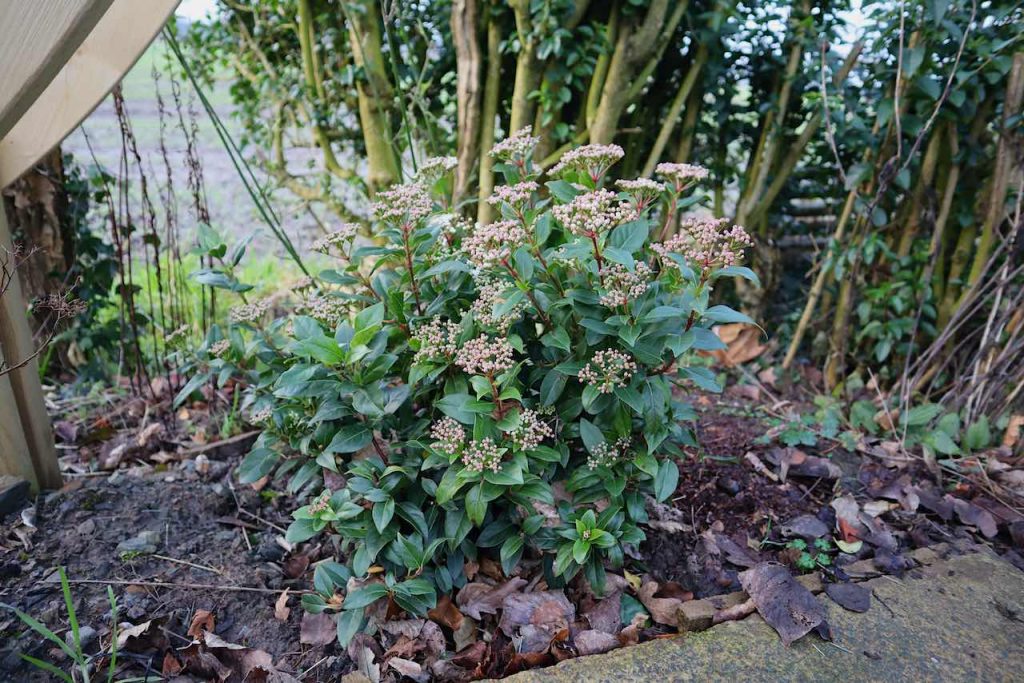
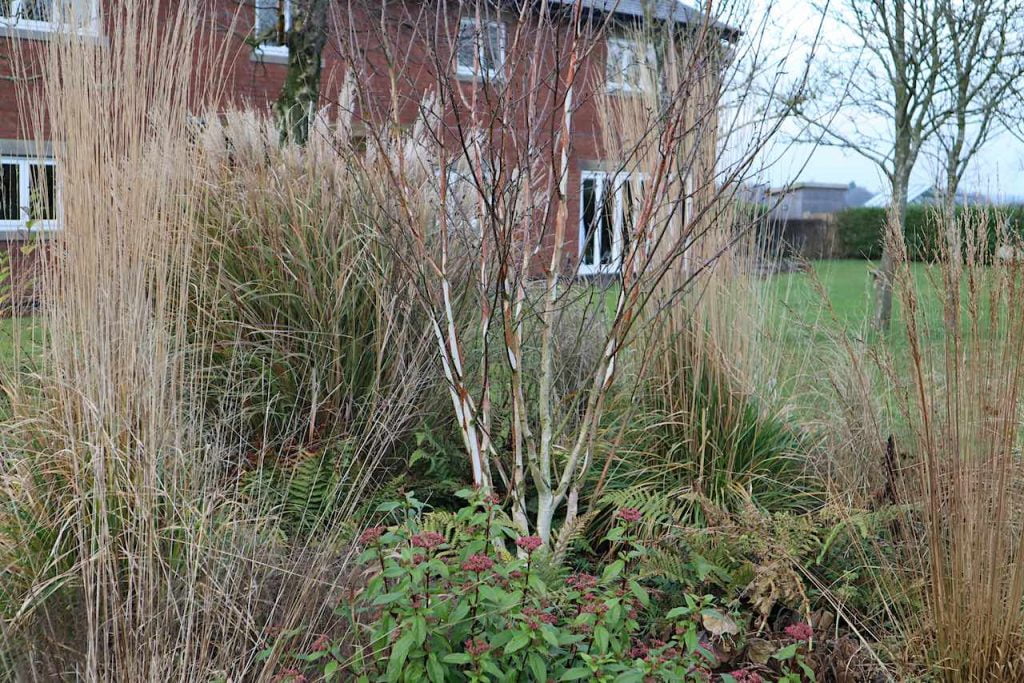
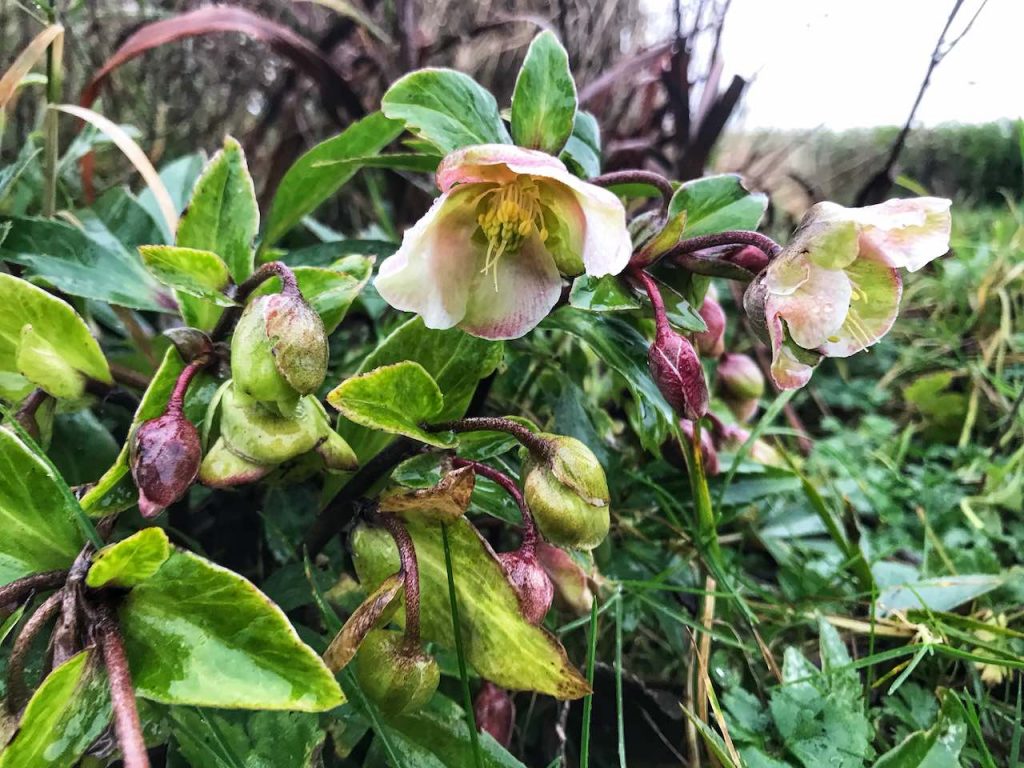
Winter is also the perfect time to start prepping your borders for springtime success. One of the best ways to boost your plants is to ditch the liquid plant feed and go back to basics. In this example, we're looking at improving the soil structure.
Mulching your soil with leaf mould or compost is hands down the best way to help your plants grow stronger and taller. It not only feeds your plants but opens up the soil structure adding nutrients, moisture and air. All of which ate vital for the millions of bacterial exchanges and processes that go on in healthy soil.
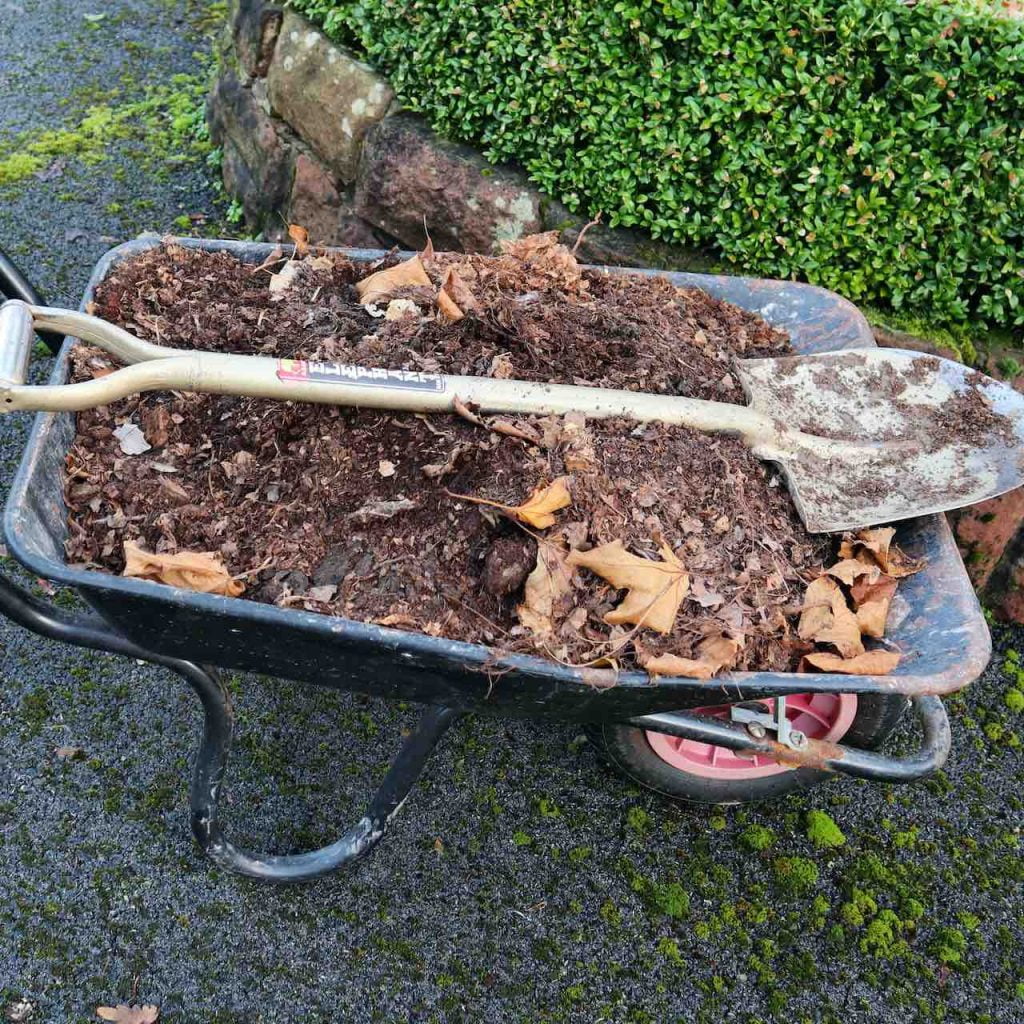
Add an inch or two onto your garden borders, in particular around the bases of plants or in problem 'no go' areas of your beds. You don't need to water it or dig it in. Just leave it. This magic carpet of organic goodness will slowly breakdown into the soil meaning your entire flower bed gets a boost come spring. I've been using my homemade leaf mould which is absolutely cracking stuff and so easy to make at home. It's also a wonderful way to reuse otherwise problematic fallen leaves!
December really is an exciting month in the garden as you start to lay down preparations for the following year. With successful garden design and horticulture, planning is key. Whilst I know that most successful gardeners are the product of plenty of trial and error; carefully thinking about your garden before diving in is the best way to ensure success in my experience.
In terms of winter tasks pruning your trees and shrubs will pay dividends next year and the clearness of their winter stems makes it far easier to prune properly. I urge all hesitant pruners to get out in their gardens and prune with gusto!
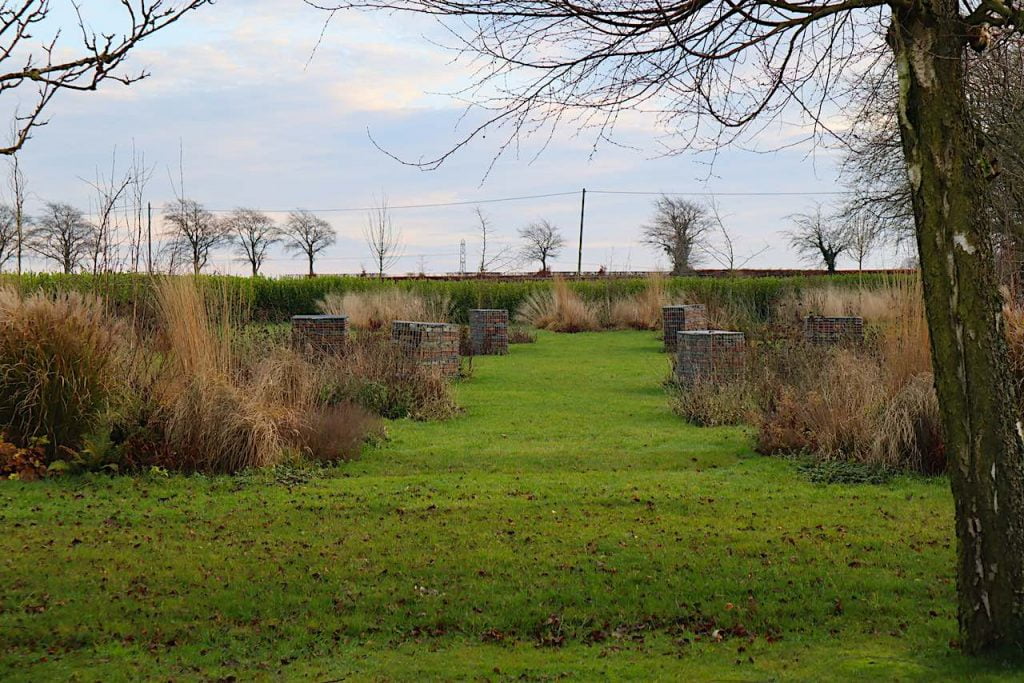
Topping up your garden in December is easy with the use of bare root shrubs which not only require less water but don't rely on yet more plastic pots being ditched in your sheds like summer planting. Then to finish it off a nice deep mulch layer puts your garden to bed until January when there is, even more, planning to look forward to!
I'd love to hear from you on my Twitter, Facebook or Instagram pages about your own winter gardening activity or tips. If you’re looking for Garden design ideas then why not view my Youtube channel where there’s a whole variety of how-to gardening guides for you.



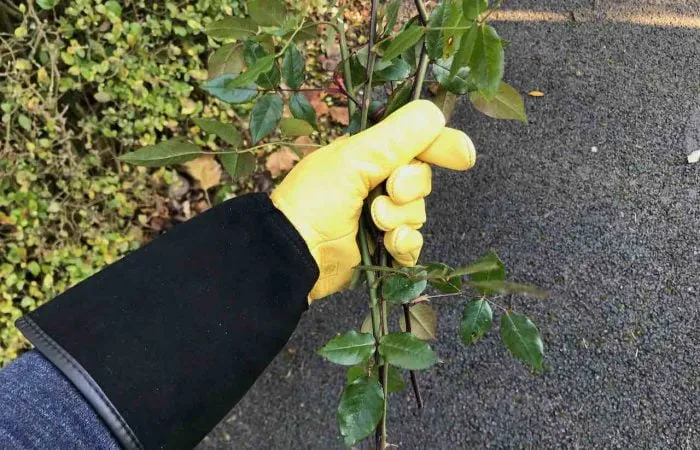
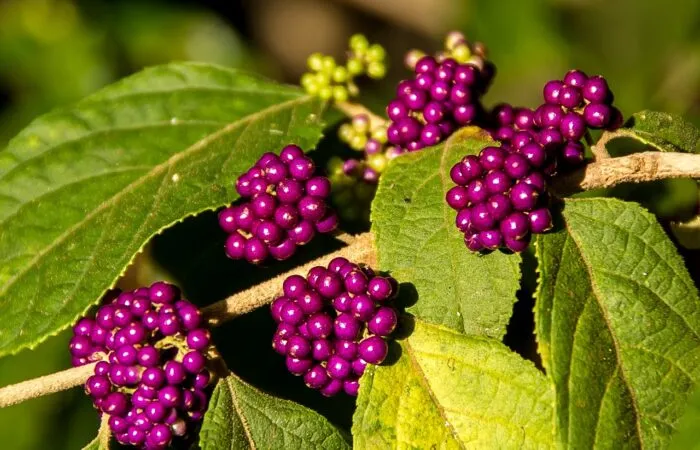
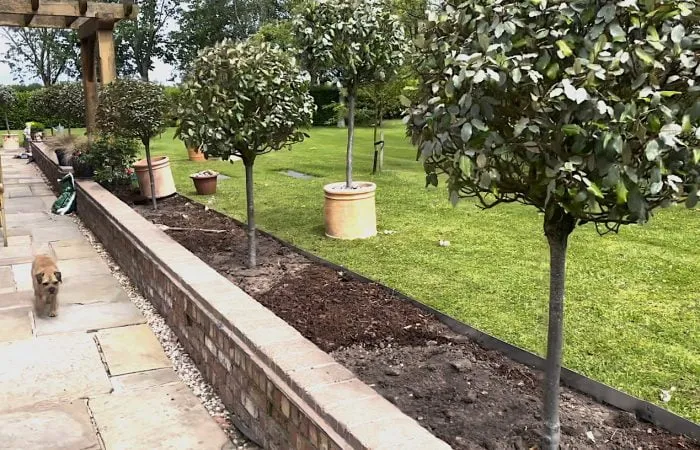

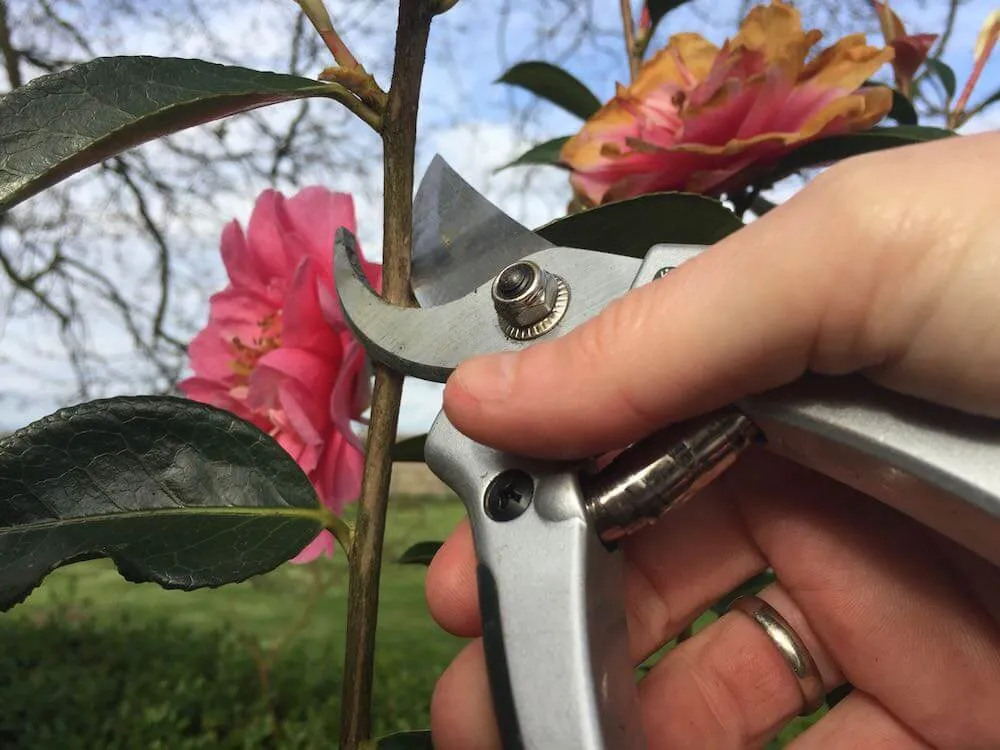
JOIN THE NINJAS

Be the first in line for new Guides, Discount codes and Offers